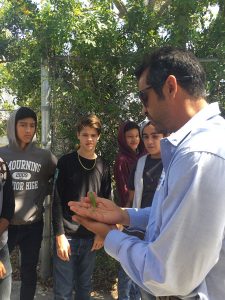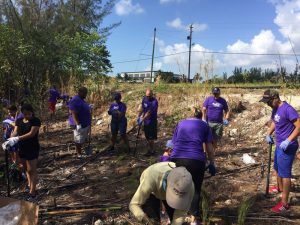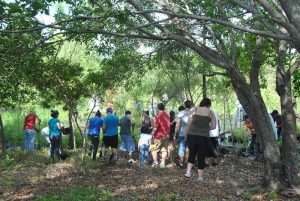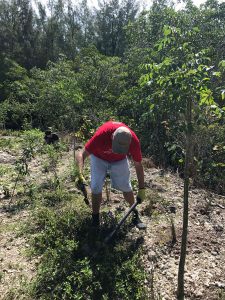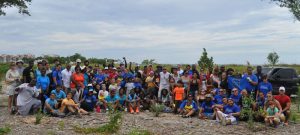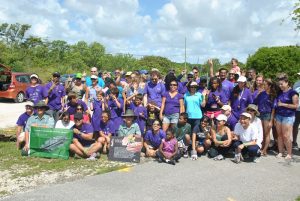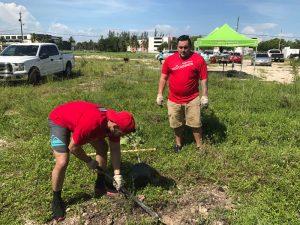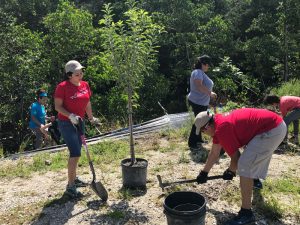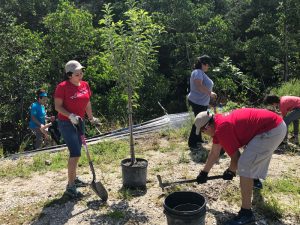
For thousands of years, the pursuit of science has been relegated to the loftiest professional thinkers and experimenters. Think: Aristotle, Copernicus or Isaac Newton. A PhD or a pedigree of publications is usually what was required to get into the esteemed club of (mostly male) scientists. But who were these scientists before they made their discoveries or published the laws of gravity? They were everyday citizens whose raw curiosity, not qualifications, led them to make these discoveries and question the laws of the universe. Science in its purest form does not discriminate. It’s a school of thought that invites everyone—no matter their age, race or gender— to contribute to the body of knowledge that advances our planet and our society.
Enter: Citizen Science, a rapidly growing field that welcomes people without a formal science background to participate in the collection and analysis of scientific data. For the past decade, Frost Science’s Museum Volunteers for the Environment program (MUVE) has welcomed thousands of volunteers to participate in habitat restoration efforts that include removing invasive species and planting native vegetation. After MUVE has worked within a habitat, it’s important that the success of these efforts be put to the test. That’s why MUVE launched a citizen science monitoring effort in 2014 . This program asks volunteers to collect data that will help determine whether native flora or fauna are returning to these areas or which abiotic (non-biological) factors, such as marine debris or water quality, are threatening the integrity of newly restored habitats.
MUVE’s citizen scientists participate in biodiversity surveys before any restoration has taken place to establish a baseline in the degraded vegetative community. Then, they monitor changes during and after restoration activities. All biodiversity observations are logged using iNaturalist, a smartphone app that reduces the barrier to entry for untrained citizen scientists. Observations that meet the community standards for quality are then incorporated into the Global Biodiversity Information Facility (GBIF), a database containing millions of biodiversity observations that have been vetted for accuracy. These observations can then be analyzed by citizen scientists, student researchers or professional scientists.
At the recently completed Virginia Key North Point restoration site, volunteers meet every second Saturday of the month to collect marine debris that is threatening the integrity of a newly planted dune and the active loggerhead sea turtle nesting beach. But Frost Science encourages these volunteers to take it a step further. In addition to picking up rubbish, they also document it using an app called Marine Debris Tracker. Once entered, it is stored in a database maintained by the National Oceanic and Atmospheric Administration (NOAA). Documenting the nature and abundance of marine debris allows for the determination of its origin and scale, which makes it possible to create policies that address the culprits of this debris.
Almost a million items have been removed from global waterways and logged on the Marine Debris Tracker since its launch in 2010. Volunteers at Virginia Key contribute to the database by collecting over 2,000 pieces of trash each month!
Frost Science is working on a program that will display these findings within an interactive system called Science Portal, which you can currently find at the Dive level of the Aquarium. Science Portal allows visitors to view and manipulate data fields and images on a massive interactive display made up of five, 55-inch Multitaction screens. The before/after site images and biodiversity data from the citizen science effort complement data from MUVE’s other restoration projects.
Interested in joining our efforts and making an impact on the community? What are you waiting for—become a scientist today! Learn more and click here to join MUVE.
